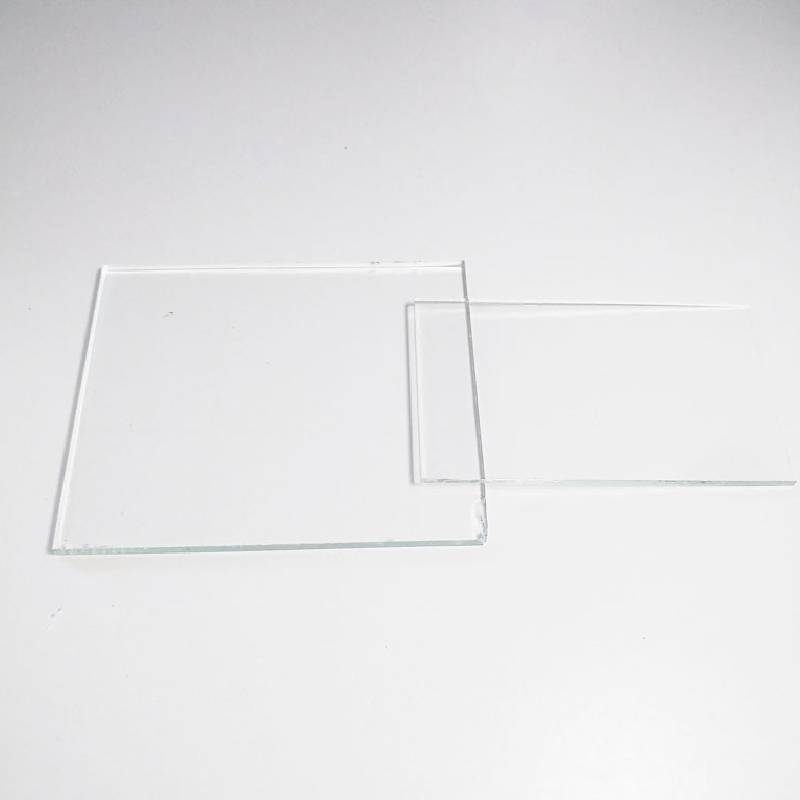The Price Dynamics of 5mm Float Glass An Insight
Float glass, known for its clarity, uniform thickness, and smooth surface, is widely used in various applications, including windows, mirrors, and architectural structures. Among different thicknesses, 5mm float glass has gained significant popularity due to its balance of durability and weight, making it a common choice for both commercial and residential buildings. Understanding the price dynamics of 5mm float glass is essential for manufacturers, builders, and consumers alike.
Understanding Float Glass Manufacturing
Before diving into pricing, it’s crucial to comprehend how float glass is produced. The float glass process involves melting raw materials like silica, soda ash, and limestone at high temperatures. The molten glass is then floated on a bed of molten tin, which allows it to spread out evenly, achieving a flawless flat surface and uniform thickness. After cooling, the glass is cut into sheets, with 5mm being one of the most commonly produced specifications.
Factors Influencing Price
Several factors affect the pricing of 5mm float glass
1. Raw Material Costs The primary ingredients in float glass — silica sand, soda ash, and limestone — significantly impact overall prices. Fluctuations in the availability and cost of these materials due to mining limitations or changes in supply chains can lead to price increases.
2. Energy Prices The float glass manufacturing process is energy-intensive. Prices for natural gas and electricity can vary greatly, influencing the cost of production. When energy prices rise, manufacturers often pass these costs onto consumers.
3. Market Demand Construction trends significantly influence float glass pricing. An upsurge in the construction sector often leads to increased demand for float glass, which can drive up prices. Conversely, in periods of economic downturn, demand may diminish, leading to potential price reductions.
4. Trade Policies and Tariffs Import and export regulations play a vital role in determining local glass prices. Tariffs on raw materials or finished glass products can create price disparities between domestic and international markets.
5mm float glass price
5. Transportation Costs Float glass sheets are bulky and fragile, making transportation a crucial cost factor. Increases in fuel prices or logistical challenges can contribute to higher overall prices for 5mm float glass.
6. Technological Advancements Innovations in manufacturing processes and materials can lead to cost reductions. For instance, more efficient production techniques can lower manufacturing costs, potentially leading to more competitive pricing in the market.
Current Market Trends
As of late 2023, the market for 5mm float glass is experiencing notable trends. The emphasis on energy efficiency and sustainability in construction has increased demand for glass products that improve insulation and reduce energy consumption. This growing preference could result in a shift in pricing as manufacturers adapt to meet new standards and consumer expectations.
Additionally, the ongoing effects of the COVID-19 pandemic and geopolitical tensions have caused significant disruptions in supply chains. As a result, the glass industry has experienced delays and increased costs, leading many consumers to anticipate price hikes in the near future.
Future Price Predictions
While it is challenging to predict exact future prices for 5mm float glass, several analysts suggest a continuing upward trend in pricing over the next few years due to the ongoing factors mentioned above. However, advancements in technology or a stabilization in raw material costs might mitigate this trend.
For builders and contractors, understanding these price dynamics is essential when budgeting for projects. Keeping abreast of market conditions and potential fluctuations can help in making informed decisions about timing and sourcing materials.
Conclusion
In summary, the pricing of 5mm float glass is influenced by a diverse range of factors, from the costs of raw materials and energy to shifts in market demand and global trade dynamics. As the construction industry continues to evolve, keeping an eye on these trends will be crucial for stakeholders who rely on float glass in their projects. Understanding these nuances allows consumers and businesses to navigate the complexities of the market effectively, ensuring that they secure the best value for their investments in float glass.
 Afrikaans
Afrikaans  Albanian
Albanian  Amharic
Amharic  Arabic
Arabic  Armenian
Armenian  Azerbaijani
Azerbaijani  Basque
Basque  Belarusian
Belarusian  Bengali
Bengali  Bosnian
Bosnian  Bulgarian
Bulgarian  Catalan
Catalan  Cebuano
Cebuano  Corsican
Corsican  Croatian
Croatian  Czech
Czech  Danish
Danish  Dutch
Dutch  English
English  Esperanto
Esperanto  Estonian
Estonian  Finnish
Finnish  French
French  Frisian
Frisian  Galician
Galician  Georgian
Georgian  German
German  Greek
Greek  Gujarati
Gujarati  Haitian Creole
Haitian Creole  hausa
hausa  hawaiian
hawaiian  Hebrew
Hebrew  Hindi
Hindi  Miao
Miao  Hungarian
Hungarian  Icelandic
Icelandic  igbo
igbo  Indonesian
Indonesian  irish
irish  Italian
Italian  Japanese
Japanese  Javanese
Javanese  Kannada
Kannada  kazakh
kazakh  Khmer
Khmer  Rwandese
Rwandese  Korean
Korean  Kurdish
Kurdish  Kyrgyz
Kyrgyz  Lao
Lao  Latin
Latin  Latvian
Latvian  Lithuanian
Lithuanian  Luxembourgish
Luxembourgish  Macedonian
Macedonian  Malgashi
Malgashi  Malay
Malay  Malayalam
Malayalam  Maltese
Maltese  Maori
Maori  Marathi
Marathi  Mongolian
Mongolian  Myanmar
Myanmar  Nepali
Nepali  Norwegian
Norwegian  Norwegian
Norwegian  Occitan
Occitan  Pashto
Pashto  Persian
Persian  Polish
Polish  Portuguese
Portuguese  Punjabi
Punjabi  Romanian
Romanian  Russian
Russian  Samoan
Samoan  Scottish Gaelic
Scottish Gaelic  Serbian
Serbian  Sesotho
Sesotho  Shona
Shona  Sindhi
Sindhi  Sinhala
Sinhala  Slovak
Slovak  Slovenian
Slovenian  Somali
Somali  Spanish
Spanish  Sundanese
Sundanese  Swahili
Swahili  Swedish
Swedish  Tagalog
Tagalog  Tajik
Tajik  Tamil
Tamil  Tatar
Tatar  Telugu
Telugu  Thai
Thai  Turkish
Turkish  Turkmen
Turkmen  Ukrainian
Ukrainian  Urdu
Urdu  Uighur
Uighur  Uzbek
Uzbek  Vietnamese
Vietnamese  Welsh
Welsh  Bantu
Bantu  Yiddish
Yiddish  Yoruba
Yoruba  Zulu
Zulu 

